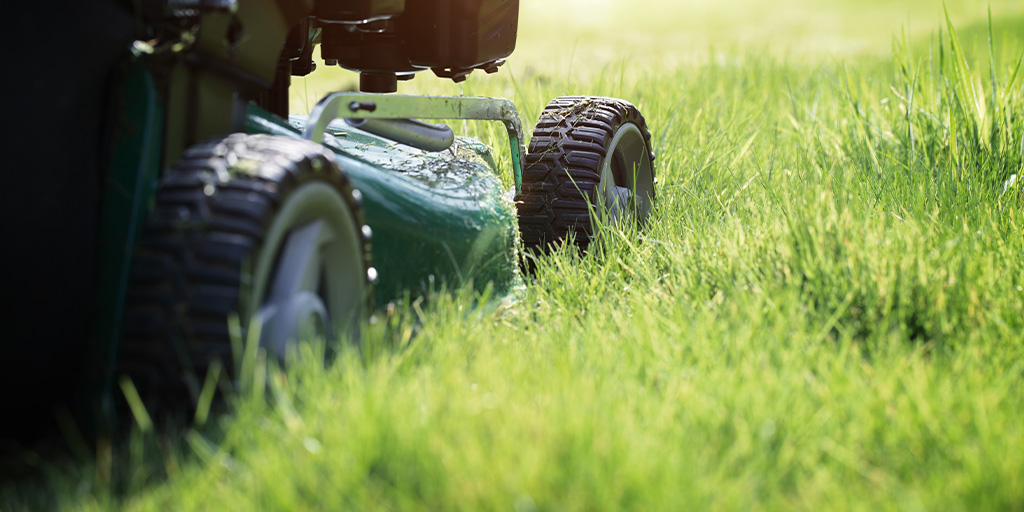
Lawn care steps for spring
Spring is just around the corner, and it's the perfect time to start thinking about lawn care. A lush green lawn can add beauty and value to your home, but it takes effort and care to achieve. In this blog, we'll discuss some essential lawn care steps for spring.
Rake and Dethatch
The first step in spring lawn care is to rake and dethatch your lawn. Winter debris, dead leaves, and other organic matter can accumulate on your lawn, preventing sunlight and air from reaching the soil. Raking and dethatching can remove this debris and promote healthy grass growth.
To kick-start your clean up we recommend these products - Multi-Change Roller Scarifying Rake + Kent & Stowe Carbon Steel Long Handled Lawn & Leaf Rake
Aerate
Aerating your lawn can help loosen compacted soil, allowing air, water, and nutrients to reach the roots of your grass. You can use a manual or power aerator to create small holes in the soil, which can also improve drainage and reduce soil erosion.
Save your back and energy by trying these useful Super Tough Lawn Spike Shoes
Overseed
Overseeding is the process of adding grass seed to your existing lawn to improve its density and appearance. Spring is the perfect time to overseed, as the soil is starting to warm up, and the weather is mild. Be sure to choose a grass seed mix that is appropriate for your soil type.
Our team recommends RHS Supreme Green Lawn Seed with Rootgrow, as it produces a good hardwearing lawn with the added bonus of rootgrow to help your lawn establish quickly.
Fertilise
Fertilising your lawn can provide essential nutrients that promote healthy grass growth. Spring is an ideal time to fertilise, as the grass is starting to wake up from its winter dormancy. Choose a fertilizer that is high in nitrogen, which is essential for leaf growth. Be sure to follow the manufacturer's instructions for application rates and timing.
Water
Proper watering is essential for maintaining a healthy lawn. In the spring, it's essential to water your lawn deeply and infrequently, allowing the soil to dry out between watering. This can encourage deep root growth, which can help your lawn survive periods of warmer weather later in the season.
Mow
Finally, don't forget to mow your lawn regularly throughout the spring and summer. Be sure to set your mower blade to the appropriate height for your grass type, as cutting it too short can damage the roots and leave your lawn vulnerable to pests and disease.


